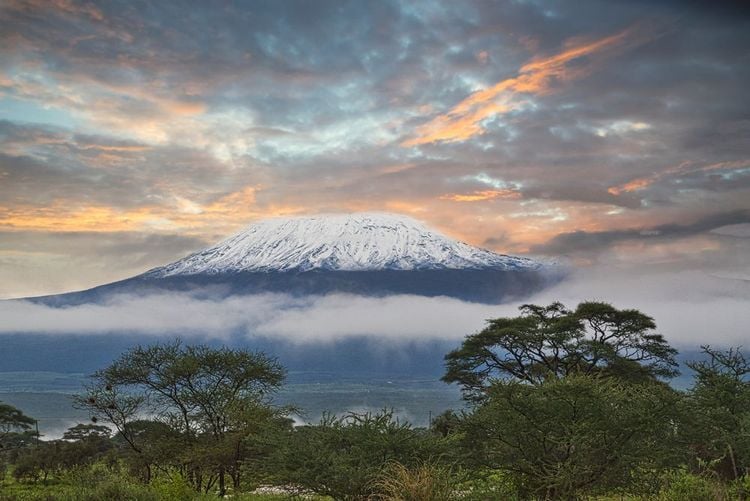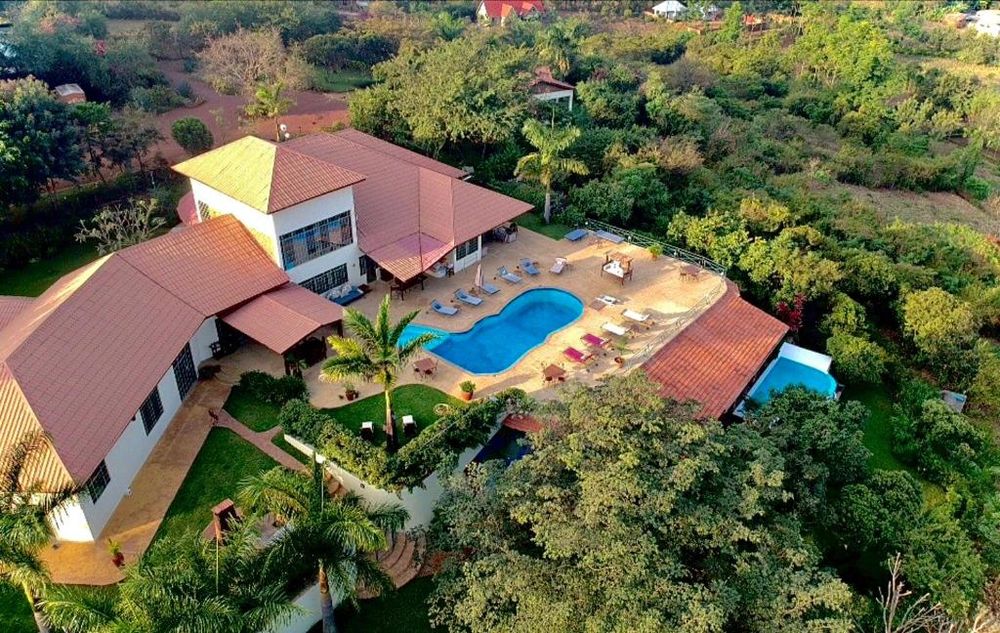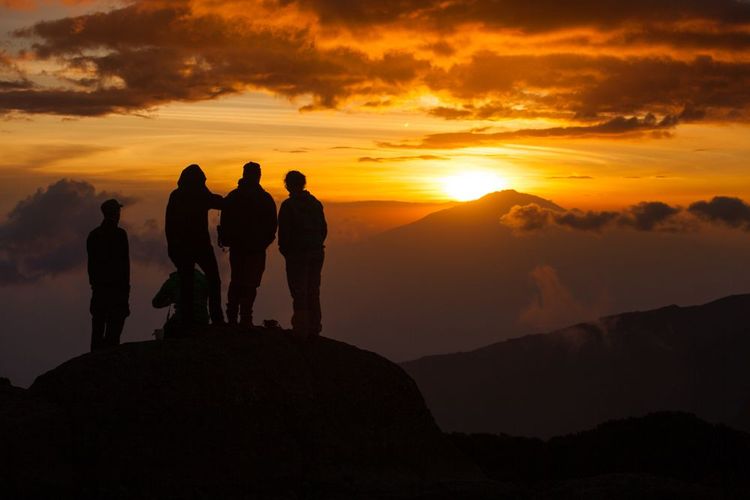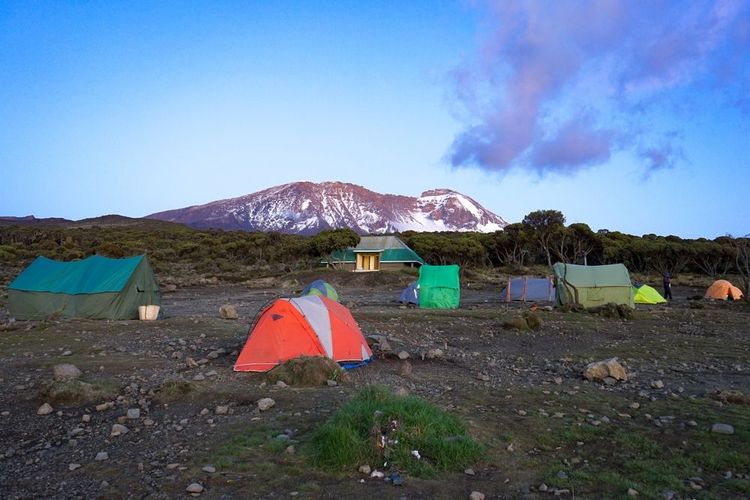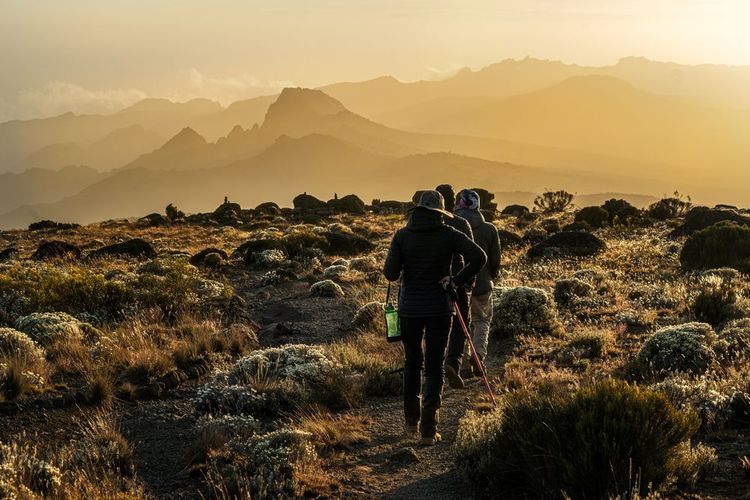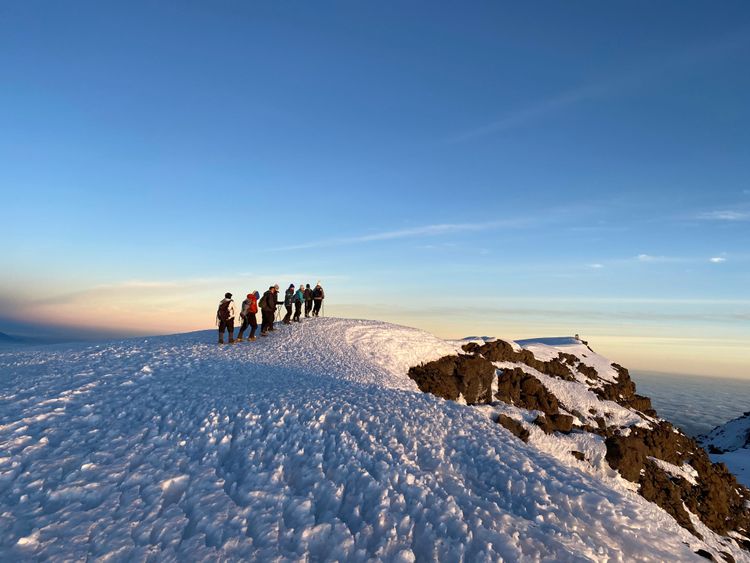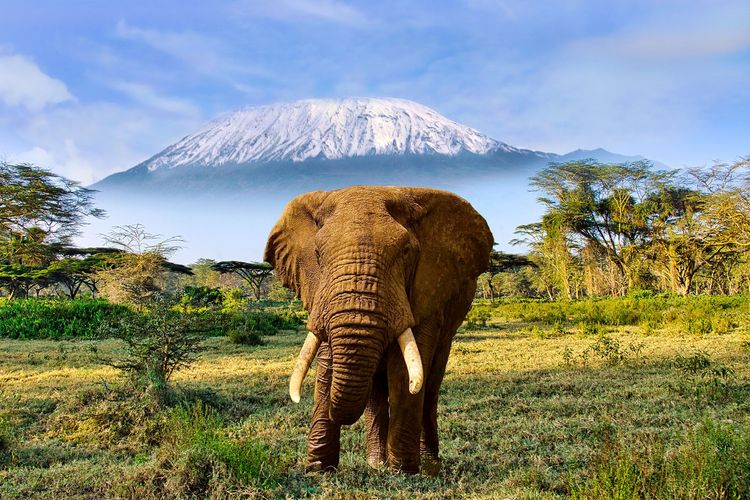In north-east Tanzania, Kilimanjaro stands as the highest mountain in Africa. One of the largest extinct volcanoes on earth, it is also one of the 7 highest mountains in the world. At 5,895 metres, its highest peak is called Kibo. Its eternal snows majestically dominate the neighbouring savannah plains. Year after year, Kilimanjaro establishes itself as one of Africa's most popular destinations.
In fact, more and more experienced hikers are climbing the peak to enjoy a memorable and exceptional experience. This challenge, which can take up to seven days depending on the route chosen, offers a unique and unforgettable experience to those who succeed. What's more, you don't need to be an experienced, ultra-equipped hiker to reach the roof of Africa.
